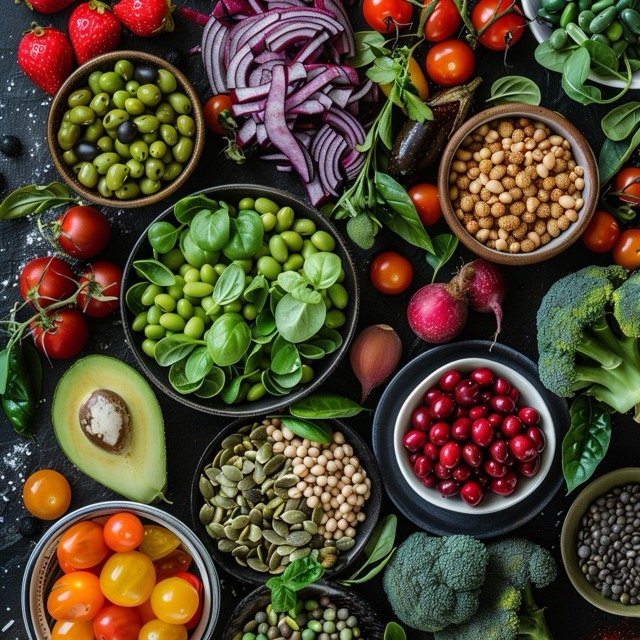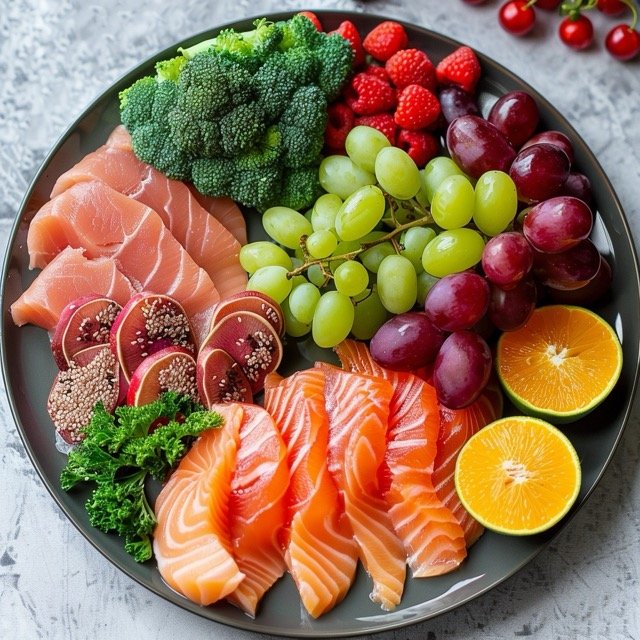90 30 50 Diet Plan Review: Does It Really Work? Our Research
In the vast world of dieting, where new trends emerge regularly, the 90 30 50 diet plan has gained significant attention. This diet plan promises not only weight loss but also improved overall health. As we delve into this comprehensive guide, we’ll explore what the 90 30 50 diet plan entails, why it’s considered beneficial for health, and provide a detailed analysis of its key components.
What is the 90 30 50 Diet Plan?
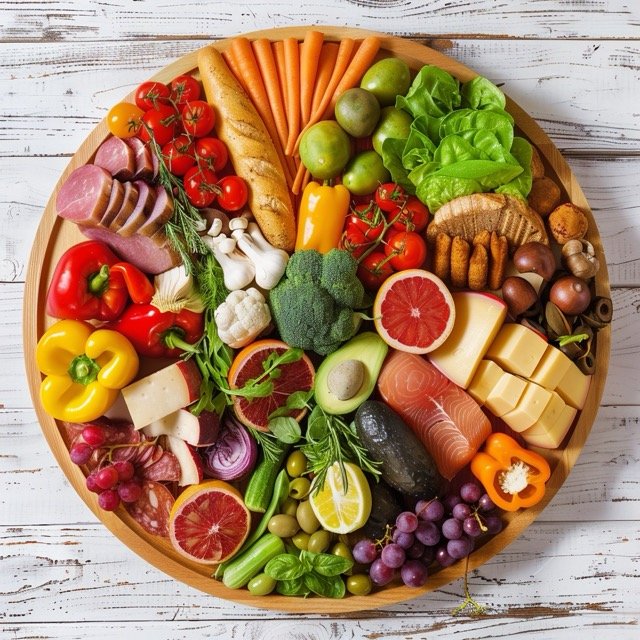
The 90 30 50 diet plan is a structured nutritional approach designed to help individuals achieve optimal health through balanced eating habits. The numbers in the diet plan represent specific guidelines:
- 90: Consuming 90% of your calories from whole, unprocessed foods.
- 30: Engaging in at least 30 minutes of physical activity every day.
- 50: Ensuring that 50% of your meals are plant-based.
This diet emphasizes whole foods, regular physical activity, and a significant intake of plant-based meals to foster a healthy lifestyle.
1. Consuming 90% of Calories from Whole, Unprocessed Foods
The foundation of the 90 30 50 diet plan lies in prioritizing whole, unprocessed foods. These include fruits, vegetables, lean proteins, whole grains, and healthy fats. By focusing on such foods, the diet aims to reduce the intake of processed and refined products, which are often high in sugars, unhealthy fats, and artificial additives.
Benefits:
- Nutrient Density: Whole foods contain essential vitamins, minerals, and antioxidants.
- Reduced Inflammation: Processed foods can cause inflammation, leading to various chronic diseases. Whole foods help reduce this risk.
- Weight Management: Whole foods tend to be more satiating, helping to control appetite and reduce overeating.
Practical Examples:
- Breakfast: A bowl of oatmeal topped with fresh berries and nuts.
- Lunch: A quinoa salad with mixed greens, cherry tomatoes, and grilled chicken.
- Dinner: Baked salmon with a side of steamed broccoli and brown rice.
2. Engaging in at least 30 Minutes of Physical Activity Daily

Physical activity is a crucial component of the 90 30 50 diet plan. Regular exercise aids in weight management and boosts overall health and well-being.
Benefits:
- Cardiovascular Health: Exercise strengthens the heart and improves circulation.
- Mental Health: Physical activity releases endorphins, reducing stress and anxiety.
- Muscle and Bone Strength: Regular exercise helps maintain muscle mass and bone density.
Practical Examples:
- Morning Walk: A brisk 30-minute walk in the morning.
- Strength Training: A 30-minute session of weight lifting or bodyweight exercises.
- Yoga: A 30-minute yoga session focusing on flexibility and relaxation.
3. Ensuring 50% of Meals are Plant-Based
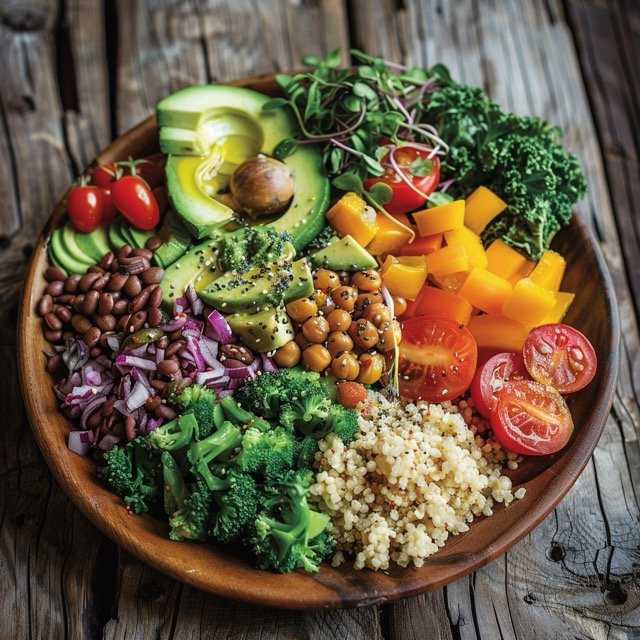
Incorporating more plant-based meals is a core principle of the 90 30 50 diet plan. This includes a variety of fruits, vegetables, legumes, nuts, and seeds.
Benefits:
- Nutritional Value: Plant-based foods are rich in fiber, vitamins, and minerals.
- Environmental Impact: Reducing meat consumption lowers the environmental footprint.
- Disease Prevention: A plant-based diet is linked to a lower risk of heart disease, diabetes, and certain cancers.
Practical Examples:
- Breakfast: A smoothie made with spinach, banana, almond milk, and chia seeds.
- Lunch: A hearty lentil soup with a side of whole-grain bread.
- Dinner: A vegetable stir-fry with tofu and brown rice.
Relevant Scientific Data and Statistics
To substantiate the benefits of the 90 30 50 diet plan, let’s delve into some relevant scientific data and statistics:
- Whole Foods and Health: Studies have shown that diets high in whole foods are associated with a lower risk of chronic diseases. For instance, a study published in the journal “Nutrients” found that individuals who consumed more whole foods had a reduced risk of heart disease and diabetes.
- Physical Activity and Longevity: Research published in “The Lancet” indicates that regular physical activity is linked to a longer lifespan and a lower risk of death from all causes.
- Plant-Based Diets and Disease Prevention: According to a review in the “Journal of the American Heart Association,” plant-based diets can significantly lower the risk of cardiovascular disease, obesity, and metabolic syndrome.
2-Day Sample Plan for the 90 30 50 Diet Plan with Exercise
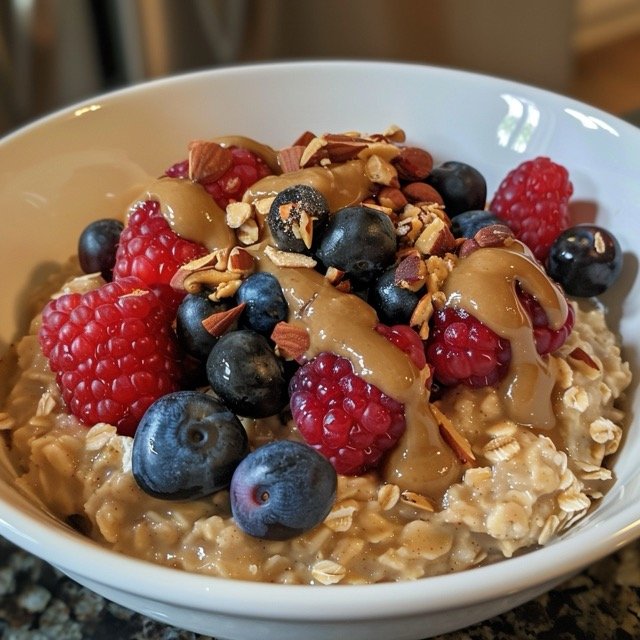
The 90 30 50 diet plan is a structured approach to nutrition that focuses on consuming 90 grams of protein, 30 grams of fiber, and 50 grams of healthy fats each day. Here is a 2-day sample plan that includes exercise:
Day 1:
- Breakfast: Scrambled eggs with spinach and whole grain toast (30 grams protein, 5 grams fiber, 10 grams healthy fats)
- Lunch: Grilled chicken salad with mixed greens, avocado, and vinaigrette dressing (40 grams protein, 10 grams fiber, 20 grams healthy fats)
- Dinner: Baked salmon with quinoa and steamed broccoli (50 grams protein, 10 grams fiber, 20 grams healthy fats)
- Snacks: Greek yogurt with mixed berries and almonds (20 grams protein, 5 grams fiber, 10 grams healthy fats)
- Exercise: 30-minute brisk walk or 20-minute jog in the morning, followed by 30 minutes of strength training (focusing on upper body) in the evening.
Day 2:
- Breakfast: Oatmeal with almond butter and berries (30 grams protein, 10 grams fiber, 15 grams healthy fats)
- Lunch: Turkey and avocado wrapped in a whole wheat tortilla with mixed fruit (40 grams protein, 10 grams fiber, 20 grams healthy fats)
- Dinner: Stir-fried tofu with vegetables and brown rice (50 grams protein, 10 grams fiber, 20 grams healthy fats)
- Snacks: Cottage cheese with pineapple and a small handful of almonds (20 grams protein, 5 grams fiber, 10 grams healthy fats)
- Exercise: 30-minute yoga session in the morning and 30 minutes of cardio (cycling or swimming) in the evening.
Tips for Success
- Start with simple recipes that use minimal ingredients to keep costs low and reduce complexity.
- Track your food intake using apps or tools to ensure you meet your daily nutritional goals.
- Prioritize whole foods such as lean proteins, complex carbohydrates, and healthy fats.
- Consult with a healthcare professional or registered dietitian before making significant changes to your diet.
- Incorporate a variety of exercises to keep your routine interesting and prevent plateaus.
Benefits of the 90 30 50 Diet Plan
- Weight loss through balanced macronutrient intake and regular exercise.
- Increased energy levels from protein and healthy fats.
- Improved digestive health from fiber intake.
- Better hormone regulation from healthy fats.
- Enhanced overall health through regular exercise and balanced nutrition.
The 90 30 50 diet plan is a well-rounded approach to nutrition that can help you achieve your weight loss and health goals. By focusing on balanced macronutrient intake and regular exercise, you can improve your overall health and well-being.
Reported Negative Effects or Bad Aspects of the 90 30 50 Diet Plan
While the 90 30 50 diet plan has many benefits, it’s essential to consider potential drawbacks:
1. Restrictive Nature
- Challenge: Emphasizing whole, unprocessed foods can feel restrictive, especially for those accustomed to a more varied diet that includes processed foods.
- Solution: Gradual transition and occasional indulgence can help ease into the diet.
2. Nutritional Imbalances
- Challenge: Ensuring a balanced intake of all essential nutrients can be tricky, especially with a predominantly plant-based approach.
- Solution: Consulting a nutritionist can help tailor the diet to individual needs and prevent deficiencies.
3. Time and Effort
- Challenge: Preparing meals from whole foods can be time-consuming compared to convenience foods.
- Solution: Meal prepping and using simple recipes can save time and effort.
Conclusion
The 90 30 50 diet plan offers a balanced and structured approach to achieving optimal health through whole foods, regular physical activity, and a significant intake of plant-based meals. While it has numerous benefits, it’s essential to be aware of potential challenges and address them proactively.
By incorporating these principles, individuals can experience weight loss, improved health markers, and a reduced risk of chronic diseases. For those interested in exploring this diet further, consulting with a healthcare professional and accessing additional resources can provide valuable guidance. Check out our other diet plans The 7-Day Rice Diet Plan: A Path to Health and Wellness, DASH Diet: The Incredible Results You Won’t Believe Try It!.
Suggested Further Reading
- “Nutrients Journal: The Benefits of Whole Foods” – A comprehensive study on the health benefits of whole foods.
- “The Lancet: Physical Activity and Longevity” – Research on the impact of regular exercise on lifespan.
- “Journal of the American Heart Association: Plant-Based Diets” – A review of the benefits of plant-based eating.
By adhering to the 90 30 50 diet plan, you embark on a journey towards better health and well-being, supported by scientific evidence and practical advice. Happy dieting! If anyone is interested in a 90 30 50 diet plan for beginners just let me know.
References & Sources
Esquivel M. K. (2022). Nutrition Benefits and Considerations for Whole Foods Plant-Based Eating Patterns. American journal of lifestyle medicine, 16(3), 284–290. https://doi.org/10.1177/15598276221075992, https://www.ncbi.nlm.nih.gov/pmc/articles/PMC9189583/
Rizzo, N. S., Jaceldo-Siegl, K., Sabate, J., & Fraser, G. E. (2013). Nutrient profiles of vegetarian and nonvegetarian dietary patterns. Journal of the Academy of Nutrition and Dietetics, 113(12), 1610–1619. https://doi.org/10.1016/j.jand.2013.06.349, https://pubmed.ncbi.nlm.nih.gov/23988511/
Collings, R., Harvey, L. J., Hooper, L., Hurst, R., Brown, T. J., Ansett, J., King, M., & Fairweather-Tait, S. J. (2013). The absorption of iron from whole diets: a systematic review. The American journal of clinical nutrition, 98(1), 65–81. https://doi.org/10.3945/ajcn.112.050609, https://pubmed.ncbi.nlm.nih.gov/23719560/
Cramer, H., Lauche, R., Klose, P., Lange, S., Langhorst, J., & Dobos, G. J. (2017). Yoga for improving health-related quality of life, mental health and cancer-related symptoms in women diagnosed with breast cancer. The Cochrane database of systematic reviews, 1(1), CD010802. https://doi.org/10.1002/14651858.CD010802.pub2, https://www.ncbi.nlm.nih.gov/pmc/articles/PMC6465041/
Prathikanti, S., Rivera, R., Cochran, A., Tungol, J. G., Fayazmanesh, N., & Weinmann, E. (2017). Treating major depression with yoga: A prospective, randomized, controlled pilot trial. PloS one, 12(3), e0173869. https://doi.org/10.1371/journal.pone.0173869, https://www.ncbi.nlm.nih.gov/pmc/articles/PMC5354384/
Sivaramakrishnan, D., Fitzsimons, C., Kelly, P., Ludwig, K., Mutrie, N., Saunders, D. H., & Baker, G. (2019). The effects of yoga compared to active and inactive controls on physical function and health related quality of life in older adults- systematic review and meta-analysis of randomised controlled trials. The international journal of behavioral nutrition and physical activity, 16(1), 33. https://doi.org/10.1186/s12966-019-0789-2, https://www.ncbi.nlm.nih.gov/pmc/articles/PMC6451238/
Kim, H., Caulfield, L. E., Garcia‐Larsen, V., Steffen, L. M., Coresh, J., & Rebholz, C. M. (2019a). Plant‐based diets are associated with a lower risk of incident cardiovascular disease, cardiovascular disease mortality, and all‐cause mortality in a general population of middle‐aged adults. Journal of the American Heart Association, 8(16). https://doi.org/10.1161/jaha.119.012865
Falck, R. S. (2023). Is physical activity without good sleep enough to prevent cognitive decline? The Lancet Healthy Longevity, 4(7). https://doi.org/10.1016/s2666-7568(23)00106-x, https://www.thelancet.com/journals/lanhl/article/PIIS2666-7568(23)00106-X/fulltext
Song, X., Zhang, X., Ma, C., Hu, X., & Chen, F. (2022). Rediscovering the nutrition of whole foods: The emerging role of gut microbiota. Current Opinion in Food Science, 48, 100908. https://doi.org/10.1016/j.cofs.2022.100908, https://www.sciencedirect.com/science/article/abs/pii/S2214799322001102

